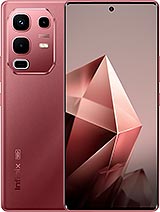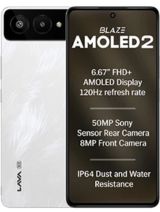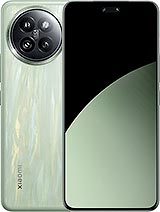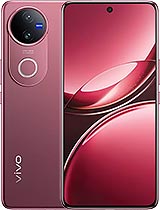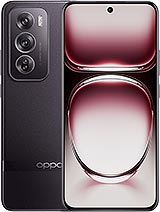Infinix Hot 60 alternatives
Tap above to see alternatives.
iQOO Neo 10 alternatives
Tap above to see alternatives.
Infinix Hot 60
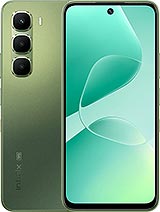
Infinix Hot 60
-
Dimensity 7020
6 nm
-
5200 mAh
18W
-
6.7"
720 x 1600 pixels
-
50 MP
1440p@30fps
- Specs
iQOO Neo 10

iQOO Neo 10
-
Snapdragon 8s Gen 4
4 nm
-
7000 mAh
120W
-
6.78"
1260 x 2800 pixels
-
50 MP
4K@30/60fps
-
Specs

2x2.2 GHz Cortex-A78
6x2.0 GHz Cortex-A55
1x3.21 GHz Cortex-X4
3x3.0 GHz Cortex-A720
2x2.8 GHz Cortex-A720
2x2.0 GHz Cortex-A720
8GB 256GB (UFS 4.1)
12GB 256GB (UFS 4.1)
16GB 512GB (UFS 4.1)
f/1.6, (wide), AF
+1 unspecified camera
Sony IMX882, f/1.8, (wide), 1/1.95", 0.8µm, multi-directional PDAF, OIS
8 MP
GalaxyCore GC08A3, f/2.2, (ultrawide)
1080p@30/60/120fps
1080p
f/2.0, (wide), 1/4.0"
GalaxyCore GC32E1, f/2.5, (wide)
gyro-EIS
SIM1: Nano, SIM2: Nano
SIM1: Nano, SIM2: Nano
9 5G bands
n1, n3, n5, n8, n28, n40, n41, n77, n78
12 5G bands
n1, n3, n5, n7, n8, n20, n28, n38, n40, n41, n77, n78
In this performance comparison, the iQOO Neo 10 with its Qualcomm Snapdragon 8s Gen 4 (4nm) performs better than the Infinix Hot 60 with the Mediatek Dimensity 7020 (6nm), thanks to superior chipset efficiency.
iQOO Neo 10 launched with Android 15 and will receive updates, while Infinix Hot 60 has no confirmed OS update information. iQOO Neo 10 will get security updates until 2029 (approx. 4 years), while Infinix Hot 60 is supported till 2027.
iQOO Neo 10 features a superior AMOLED display, while Infinix Hot 60 comes with an LCD panel. In terms of smoothness, iQOO Neo 10 offers a higher 144 Hz refresh rate, ensuring fluid scrolling and animations. iQOO Neo 10 also boasts a brighter screen with 4400 nits of peak brightness, enhancing outdoor visibility. Notably, iQOO Neo 10 offers a higher screen resolution, resulting in sharper visuals and more detailed content.
iQOO Neo 10 features a larger 7000 mAh battery, potentially delivering better battery life. iQOO Neo 10 also supports faster wired charging at 120W, compared to 18W on Infinix Hot 60.
iQOO Neo 10 offers better protection against water and dust with an IP65 rating.
¹ Scores can vary even with the same chipset due to RAM, thermals, and software optimization.

